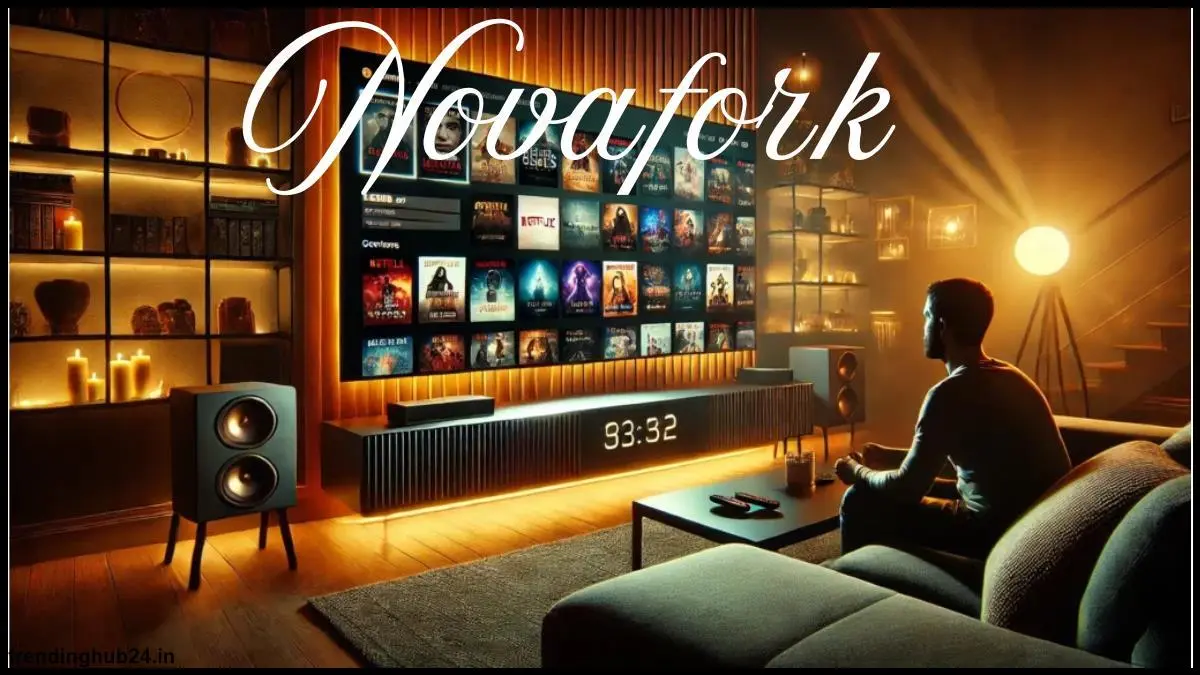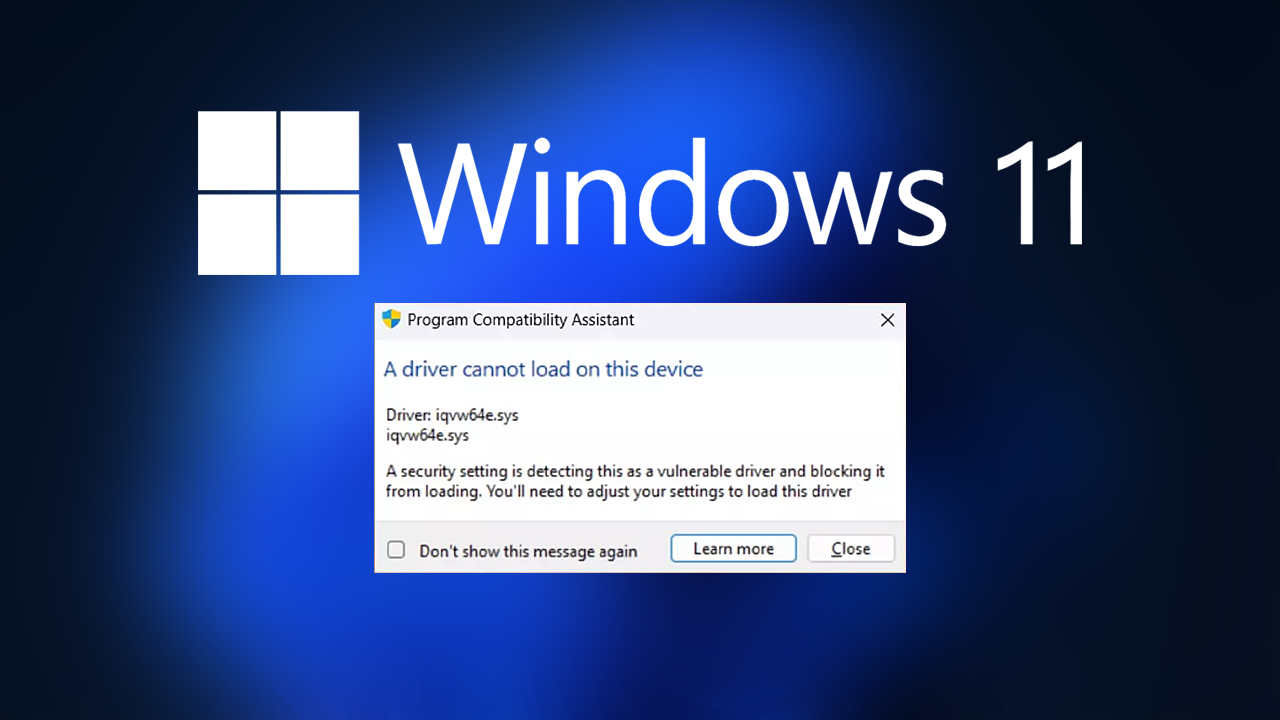The digital age has brought not only unparalleled connectivity but also an increased awareness of the importance of privacy. Messaging applications, in particular, have always been a hotbed for privacy concerns. Apps like WhatsApp have gained popularity partly because they employ end-to-end encryption, a technology that has the potential to safeguard our private conversations. But as with any technology, there’s a veil of complexity that sometimes leaves us pondering the security of our most intimate exchanges.
This post is a comprehensive guide for individuals who seek to understand the nature of encryption, particularly within the context of WhatsApp messaging. We’ll explore what ‘end-to-end encryption’ means, the significance of privacy in our digital communications, and whether and how it’s possible to read encrypted WhatsApp messages. This insight isn’t just for the tech-savvy; it’s for anyone who values their privacy in an age where digital communication is constantly surveilled and analyzed.
Understanding End-to-End Encryption and Its Role in WhatsApp
When we talk about communication encryption, ‘end-to-end’ is the golden phrase. It denotes a scenario where data is encrypted at the sender’s end and decrypted at the receiver’s end, effectively bypassing any intermediary access. This method ensures that even service providers, like WhatsApp, cannot access the content of the communication.
With over two billion users, WhatsApp is one of the most widely-used applications with end-to-end encryption. It utilizes the Signal Protocol, a highly respected cryptographic protocol, to secure communications. Implementing this level of security is a monumental step in the fight for user privacy, a shield against invasive surveillance and data breaches that could expose personal information.
Explaining the Importance of Privacy in Messaging Apps
The conversations we have on messaging apps often contain personal and sensitive information. From financial details to health information, our messages could provide a snapshot of our lives that we’d prefer to keep private. Add to this the growing concerns about governments and corporations monitoring online behavior, and it’s clear why privacy in messaging apps is non-negotiable.
A secure line of communication is the digital equivalent of being able to close the door or whisper in someone’s ear. It allows us to speak freely, without fear that our words will be overheard and misconstrued. For human rights activists, journalists, whistleblowers, and anyone in a democratic society, privacy is a shield against persecution and a tool to uphold the truth.
How to Enable WhatsApp Message Encryption
Enabling end-to-end encryption on WhatsApp is relatively straightforward. Here’s how you can do it:
- Go to the ‘Settings’ tab within WhatsApp.
- Select ‘Account’ and then ‘Privacy’.
- Scroll down and ensure that the ‘End-to-End Encryption’ setting is turned on.
Once enabled, every conversation you have from that point onward will be securely locked down by this powerful encryption, safeguarding your messages from prying eyes.
The Limitations of Encryption: Can Messages Still Be Read?
Despite the strength of end-to-end encryption, it’s not entirely infallible. The primary weakness lies at the endpoints—the devices and users themselves. Hackers have targeted devices with malware that can compromise the security of messages, malware that’s becoming increasingly sophisticated and difficult to detect.
There’s also the risk of an encrypted conversation being stored unencrypted on one end, such as on a backup or a device with less stringent security measures. These are the areas where vulnerabilities can be exploited, allowing messages to be read without the intended recipient’s knowledge.
Breaking Down the Controversy: Should Encrypted Messages Be Read?
The debate about reading encrypted messages is multi-faceted. On one hand, there’s the right to privacy, a fundamental human right in many countries. On the other hand, there’s the need for security agencies to prevent and prosecute crime, including terrorist activities and child exploitation. The argument often centers on the balance between these two needs.
Tech companies, privacy advocates, and even some politicians are staunchly protective of encryption, arguing that creating backdoors for security agencies would be a slippery slope toward mass surveillance and an intrusion on privacy. On the contrary, law enforcement and security experts contend that the severe nature of certain crimes calls for exceptional measures, without compromising the privacy of the general public.
Practical Tips for Ensuring Message Security
While end-to-end encryption is a robust line of defense, there’s no such thing as being ‘too secure’. Here are some practical tips for maximizing message security on WhatsApp and other messaging platforms:
- Keep your device and WhatsApp updated.
- Use a strong PIN or fingerprint to lock your device.
- Be cautious of the links and files you share and open within the app.
- Set up two-step verification for an added layer of security.
- Double-check the identity of the recipients before sending any sensitive information.
By incorporating these habits into your digital life, you can make it significantly harder for unauthorized parties to access your private communications.
Summary and Conclusion on the Future of Message Encryption
The future of messaging encryption is neither black nor white. It’s a complex tapestry of rights, needs, and technological capabilities. What’s clear is that privacy, particularly in messaging apps, is more vital than ever. As users, we have a responsibility to understand how our chosen tools protect—not to mention expose—our information.
End-to-end encryption is a powerful ally in the battle for privacy, but it’s not a panacea. It must be augmented by our behavioral vigilance and a commitment to continuous education. With a little effort and awareness, we can enhance our privacy in a world that’s increasingly entwined with our digital identities. And perhaps, in doing so, we can contribute to a new norm where privacy and security are not just abstract principles, but a tangible reality in our digital lives.


